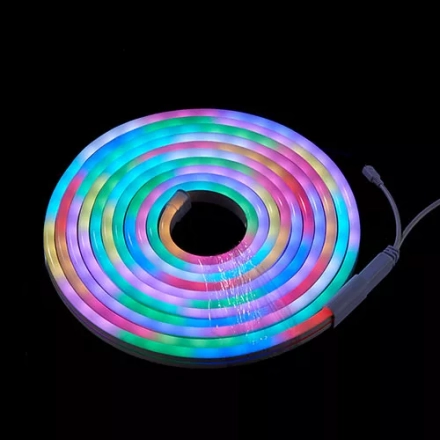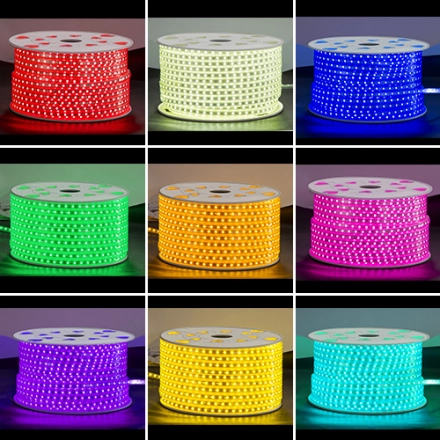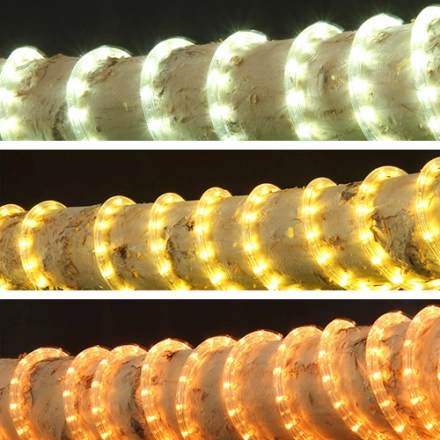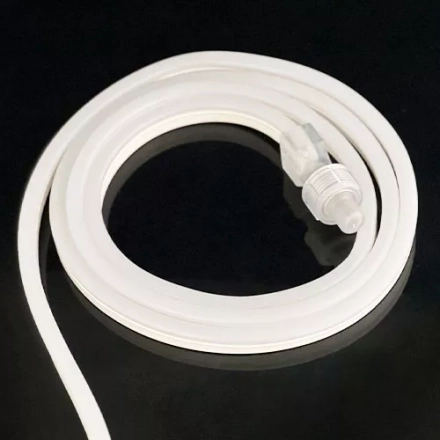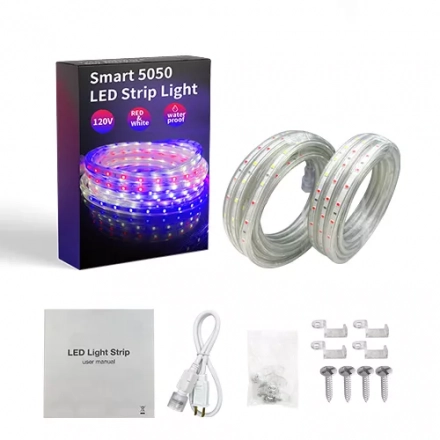Analyzing the Potential of LED Strip Light in Horticultural Applications: Grow Lights for Indoor Farming or Plant Growth
LED strip lights have gained significant popularity in various lighting applications, thanks to their energy efficiency and versatility. In recent years, their potential has been explored in horticultural applications, specifically as grow lights for indoor farming and plant growth. This article delves into the subject, analyzing the feasibility and advantages of using LED strip lights in these settings, while also considering the challenges and potential developments for the future.
Advantages of LED Strip Lights in Horticultural Applications:
LED strip lights offer several advantages when used for indoor farming and plant growth:
Energy Efficiency: LED technology is known for its energy efficiency, as it consumes significantly less power compared to traditional lighting options. This translates into lower energy costs and reduced environmental impact, making LED strip lights an ideal choice for sustainable horticulture.
Customizable Spectral Output: LED strip lights allow for precise control over the light spectrum, enabling growers to tailor the lighting conditions to the specific needs of different plant species at various stages of growth. This spectral customization promotes optimal photosynthesis and can result in improved crop quality and yield.
Long Lifespan: LED strip lights have a longer lifespan compared to conventional lighting solutions, reducing maintenance and replacement costs. This durability ensures consistent lighting performance over extended periods, crucial for the success of indoor farming operations.
Compact and Flexible Design: The compact size and flexible nature of LED strip lights make them suitable for a wide range of horticultural setups. They can be easily integrated into vertical farming systems, hydroponic setups, or other indoor cultivation environments, maximizing space utilization and enabling efficient light distribution.
Challenges and Potential Developments:
While LED strip lights offer numerous advantages, there are also challenges that need to be addressed for their optimal utilization in horticultural applications:
Heat Management: LED strip lights generate some amount of heat, and efficient heat dissipation is crucial to prevent damage to the plants. Incorporating effective cooling systems or designing heat sinks can help mitigate this issue.
Cost: LED strip lights, especially those designed for horticultural purposes, can have higher upfront costs compared to traditional lighting options. However, the long-term energy savings and improved crop performance often offset this initial investment.
Research and Development: Further research is necessary to explore the effects of different light spectra on specific plant species and growth stages. Understanding the complex relationship between light wavelengths and plant physiology will lead to more optimized lighting solutions.
Conclusion:
LED strip lights hold great potential in horticultural applications, particularly as grow lights for indoor farming and plant growth. Their energy efficiency, spectral customization, long lifespan, and flexible design make them an attractive option for sustainable and productive cultivation practices. Overcoming challenges related to heat management, cost, and expanding research efforts will pave the way for the wider adoption and continuous development of LED strip lights in the field of horticulture.

